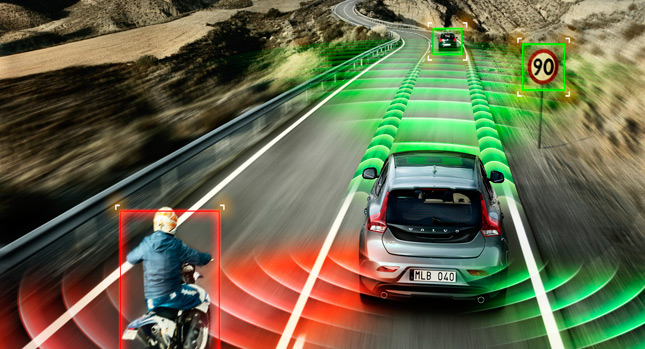On Wednesday, the National Transportation Safety Board urged the U.S. government to make advanced safety technologies mandatory for all new vehicles in order to reduce road accidents.
The NTSB wants rear-end collision warning, lane departure warning, adaptive cruise control and advanced braking systems, technologies which are already available by most manufacturers, albeit mostly as an option or on luxury cars, to be standard on all vehicles sold in the U.S. market.
It also wants the National Highway Traffic Safety Administration to raise its performance requirements to the level set by luxury cars as the NHTSA’s own data indicate that run-off-road, rear-end, and lane change maneuvers account for 23, 28, and 9 percent of highway accidents, respectively.
“Their full life-saving and crash-avoidance potential will not be realized until supported by federal rule making and related standards”, said the board, noting that those systems can save thousands of lives.
The NHTSA responded that it is evaluating “possible rule making action for advanced crash avoidance and mitigation technologies that show great promise for both light and heavy vehicles”.
Saving even one life, never mind thousands, is a cause worth pursuing so the NTSB and the NHTSA are moving in the right direction.
There’s a reason, though, that these technologies are currently offered as standard mostly in luxury vehicles: the fact that those life-saving technologies don’t come cheap but are included in the vehicle’s high price, which their buyers can afford to pay.
As the Alliance of Automobile Manufacturers, aka Auto Alliance, which represents auto manufacturers that account for 77 percent of all car and light truck sales in the U.S., points out, such a mandate would greatly increase the cost of more affordable vehicles.
The Alliance said that, theoretically, “every new technology could be a mandate” but “every mandate is a cost to consumers”.
“Today, the average price of a new car is US$30,000, more than half the median income in the U.S.”, it said in its statement. It added that, according to surveys, 60 percent of new car buyers will consider these systems when the time comes to buy a new car: “Automakers are offering for sale about 20 driver assist technologies, and we want consumers to decide which ones make the most sense for them.”
By Andrew Tsaousis
PHOTO GALLERY






